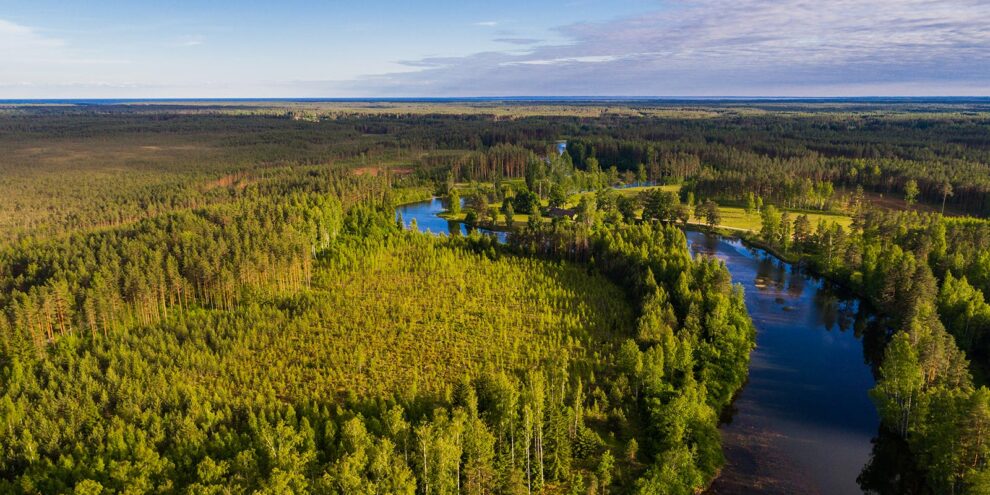Markets for alternative, specialized assets – like vintage scaling sticks, stamps, and 101-year-old scotch – must overcome high “search costs” to match qualified buyers and sellers. The abilities to evaluate, value, and manage these types of assets comprise a Venn Diagram of characteristics that winnows the list of candidates able to get a deal done. Consider the case of investable timberland.
Investing in Timberland: Buyers versus Sellers
When timberland goes on the market, it is generally accepted that the seller knows more about their forest than you do, in almost every situation. Current owners know the roads and local markets and fishing holes. They know where the bodies are buried, figuratively and literally.
Buyers, on the other hand, do have their hand to play. They know their situation, skill set, and ability to pay. Any given forest may serve an investment thesis or objective unavailable to the current owner. For timberlands, value-added strategies could include development projects, forest carbon, budgets for better seedlings, or conservation programs.
The opacity of trading alternative assets such as timberland is part of what makes them attractive, inflation-hedging, and diversifying. The frictions associated with buying and selling alternative assets create an illiquid space from the overall high-volume liquid markets for stocks and bonds.
Timberland Investment Performance and Inflation
In 2021, private timberlands as tracked by NCREIF returned 9.17% while inflation climbed to 4.7% (and beyond) for the year. Investors entered 2021 expecting inflation of 2-2.5% and real returns for timberlands of 4-6% (6-8% nominal). Higher inflation worries investors because it can translate into increased discount rates, which erode the present value of future cashflows in their valuation models and portfolios.
Think about inflation as the domestic exchange rate. In international markets, we trade, for example, dollars for euros. At home, the domestic exchange rate refers to the exchange rate between domestic currency and domestic goods and services. When inflation changes, it gets harder to “read” the market and reduces the reliability of price signals, which complicates planning and valuations. Rising inflation masks economic relationships.
I am as guilty as the next person of applying words like liquidity and diversifying and spicy as if they communicate clean, commonly understood concepts available to all. In practice, many assets are illiquid relative to cash, bonds, or public stocks. Cars and homes take weeks and months to buy or sell. For institutional investors, buying into or selling out of private companies or private equity funds require months or years. While we can view this illiquidity for assets such as timberland as a constraint that limits short-term options, we can also see it as a protective moat that better preserves value for knowledgeable owners.
This content may not be used or reproduced in any manner whatsoever, in part or in whole, without written permission of LANDTHINK. Use of this content without permission is a violation of federal copyright law. The articles, posts, comments, opinions and information provided by LANDTHINK are for informational and research purposes only and DOES NOT substitute or coincide with the advice of an attorney, accountant, real estate broker or any other licensed real estate professional. LANDTHINK strongly advises visitors and readers to seek their own professional guidance and advice related to buying, investing in or selling real estate.










Even harder to market are specialized crops, such as trees grown for veneer. I have black walnut and curly poplar, very, very carefully grown, and virtually no interested buyers for my plantation. I’m nearing 80, it is time for someone else to take over.
Will Dr Mendell advise on a specific property for a fee?